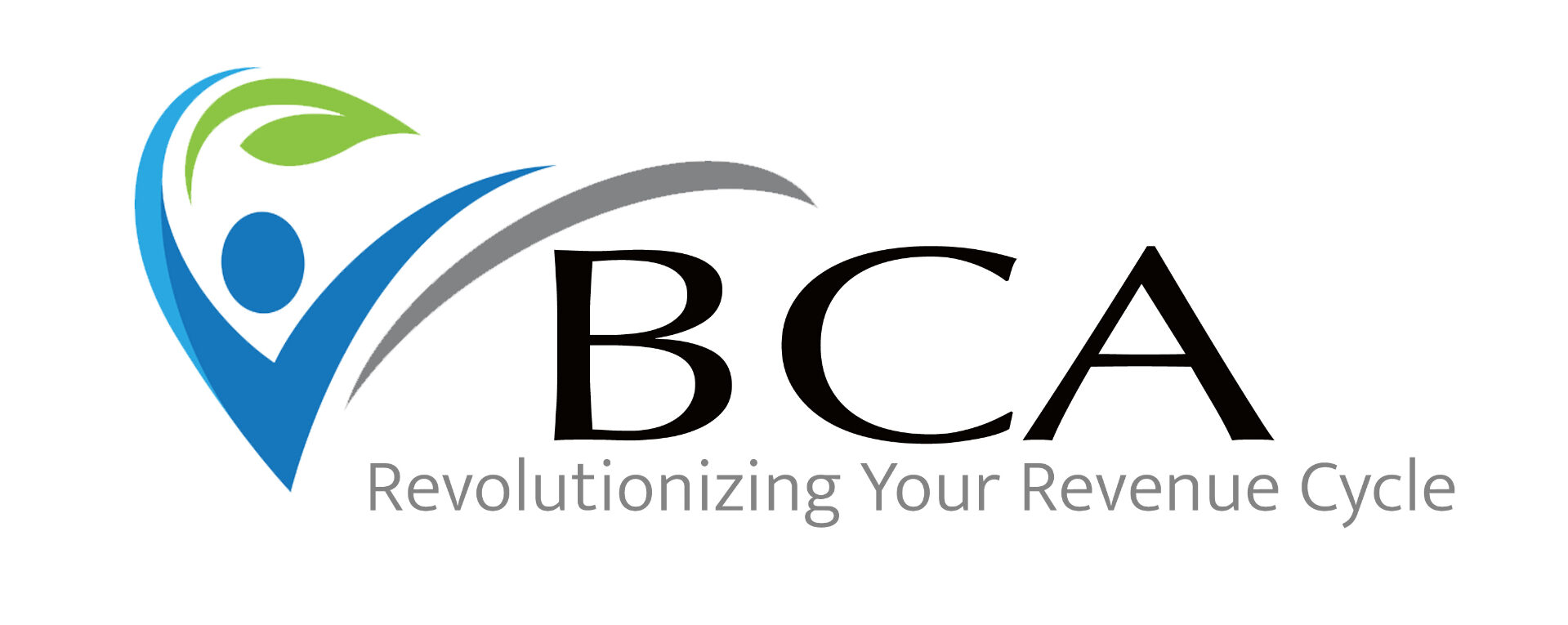For coders and revenue cycle managers, quality improvement (QI) is not only about enhancing patient care; it also plays a crucial role in streamlining coding processes and reducing claim rejections. This post explores how quality initiatives can benefit coding practices and improve the efficiency and accuracy of revenue cycle management.
How Quality Improvement Efforts Can Streamline Coding Processes and Reduce Claim Rejections
Quality improvement efforts are instrumental in refining coding processes, leading to fewer errors and a smoother revenue cycle. Coders and revenue cycle managers can greatly benefit from participating in these initiatives.
Reducing Coding Errors: By participating in QI efforts, coders can identify common errors and implement solutions to prevent them. For example, a QI project might reveal that a specific diagnosis code, such as E11.9, is frequently misused. Addressing this issue through targeted training or updated coding procedures can reduce errors and improve coding accuracy.
Improving Documentation Accuracy: Accurate documentation is the foundation of proper coding. QI initiatives that focus on improving documentation practices can directly impact coding accuracy. For instance, if providers are trained to include all relevant details in their notes, coders can more easily assign specific, accurate codes, reducing the likelihood of claim rejections and increasing quality outcomes.
Enhancing the Revenue Cycle: Streamlined coding processes lead to faster, more accurate reporting, improving the revenue cycle’s overall efficiency. Fewer coding errors mean fewer claim denials and rejections, leading to quicker reimbursements and better organizational cash flow.
Practical Steps for Coders to Contribute to Quality Initiatives by Enhancing Documentation Accuracy
Coders play a crucial role in quality improvement efforts by ensuring that documentation is accurate and complete. Here are some practical steps coders can take to contribute to QI initiatives.
Regular Audits and Reviews: Participate in regular audits and reviews of coding practices. These audits can help identify patterns of errors or omissions in documentation. Coders can then work with clinical teams to address these issues and improve the accuracy of future documentation. Annual external audits and education can reinforce proper documentation and strengthen coder and clinician communication.
Feedback Loops with Clinicians: Establish a feedback loop with clinicians to address documentation gaps or inconsistencies. For example, if a coder notices that a particular provider frequently omits the stage of CKD in their notes, they can provide feedback and suggest improvements. This collaboration ensures that documentation meets the standards required for accurate coding.
Continuous Education: Stay current with the latest coding guidelines and best practices. Continuous education is essential for coders to maintain accuracy and keep pace with changes in coding standards. Participating in QI initiatives often involves learning new skills and techniques that can be applied to everyday coding tasks.
Collaboration Between Coders and Quality Teams to Improve Coding Practices Tied to Patient Outcomes
Collaboration between coders and quality teams is essential for improving coding practices directly impacting patient outcomes. By working together, these teams can ensure that coding is accurate and aligned with quality goals. Coders may even be able to recommend codes, such as Category II codes, that are available to help capture quality measurements.
Integrating Quality Measures into Coding Practices: Quality teams can help coders understand how their work impacts broader quality measures. For example, certain diagnosis codes may be linked to key performance indicators (KPIs) that reflect patient outcomes. By understanding these connections, coders can ensure that their work supports the organization’s quality goals.
Joint Training Sessions: Organize joint training sessions where coders and quality teams can learn from each other. Quality teams can provide insights into how coding affects patient outcomes, while coders can share their expertise in ensuring documentation meets coding requirements. This cross-functional training fosters a deeper understanding of how coding and quality improvement intersect.
Collaborative Problem-Solving: Encourage coders and quality teams to collaborate on problem-solving initiatives. For example, if data reveals a high rate of claim rejections for a particular code, the teams can collaborate to identify the root cause and develop solutions. This collaborative approach ensures that coding practices are continually refined to support quality improvement.
Quality improvement is a powerful tool for enhancing the efficiency of coding processes and revenue cycle management. By actively participating in QI initiatives, coders can reduce errors, improve documentation accuracy, and contribute to better patient outcomes. Collaboration between coders and quality teams is essential for aligning coding practices with organizational quality goals, ensuring that coders’ work supports broader quality improvement efforts.
At BCA, we offer specialized consulting services that streamline coding processes, reduce claim rejections, and enhance revenue cycle efficiency through targeted quality improvement efforts. Let us help your practice improve documentation accuracy and collaborate effectively with quality teams. Contact us to explore our tailored solutions for optimizing your coding practices to improve your quality reporting.
